

Method 1: Uninstall the driver, and then reconnect the external hard drive
Open Control Panel (view with small icon)-Device Manager, and find you in the disk drive list device, right-click to uninstall.
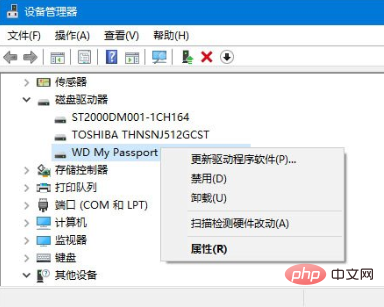
Unplug the USB data cable and reconnect it. At this time, the driver will be loaded automatically and it can generally return to normal.
Method 2: Reinstall the USB controller.
Open the Control Panel (view with small icons) - Device Manager, expand the Universal Serial Bus Controller, right-click the device and select "Uninstall", repeat the above operations for each device. After completion, restart the computer and the system will automatically install the USB controller.
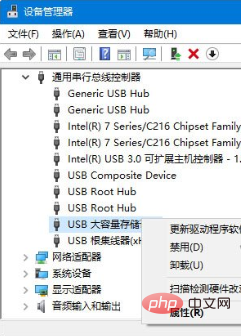
Related recommendations: "FAQ"
Method 3: Disable USB selective suspend settings.
Control Panel - Power Options, click Change Plan Settings next to the currently selected power plan.
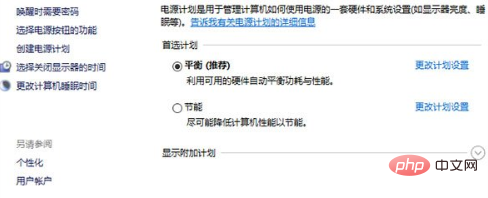
Click to change advanced power settings.
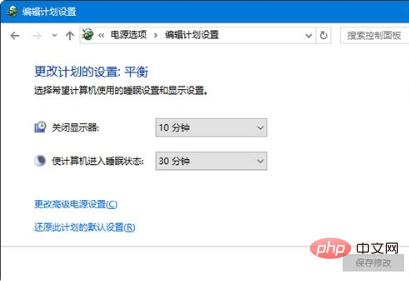
Expand USB Settings-USB Selective Suspension Settings, set it to "Disabled", OK.
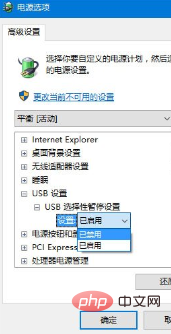
Be careful when unplugging and plugging in. Never pull out when reading or writing, otherwise the chip may be burned. There is an icon for USB devices in the taskbar in XP. Opening this icon will display the USB flash drive device in the list. Select to disable the device and then unplug the device. This will be safer. In fact, it is very simple to determine software and hardware problems. Just try it on another machine or another system (you need to drive it under 98). For some minor problems, you may wish to format it with special software first. We also remind everyone when formatting under WINDOWS Choose FAT, not FAT32.
The above is the detailed content of What to do if the device descriptor request fails. For more information, please follow other related articles on the PHP Chinese website!
 Introduction to Java special effects implementation methods
Introduction to Java special effects implementation methods
 How to solve the 504 error in cdn
How to solve the 504 error in cdn
 What are the common secondary developments in PHP?
What are the common secondary developments in PHP?
 How to obtain the serial number of a physical hard disk under Windows
How to obtain the serial number of a physical hard disk under Windows
 C language data structure
C language data structure
 Introduction to the meaning of invalid password
Introduction to the meaning of invalid password
 Is Bitcoin trading allowed in China?
Is Bitcoin trading allowed in China?
 What are the network security technologies?
What are the network security technologies?
 How to import data in access
How to import data in access